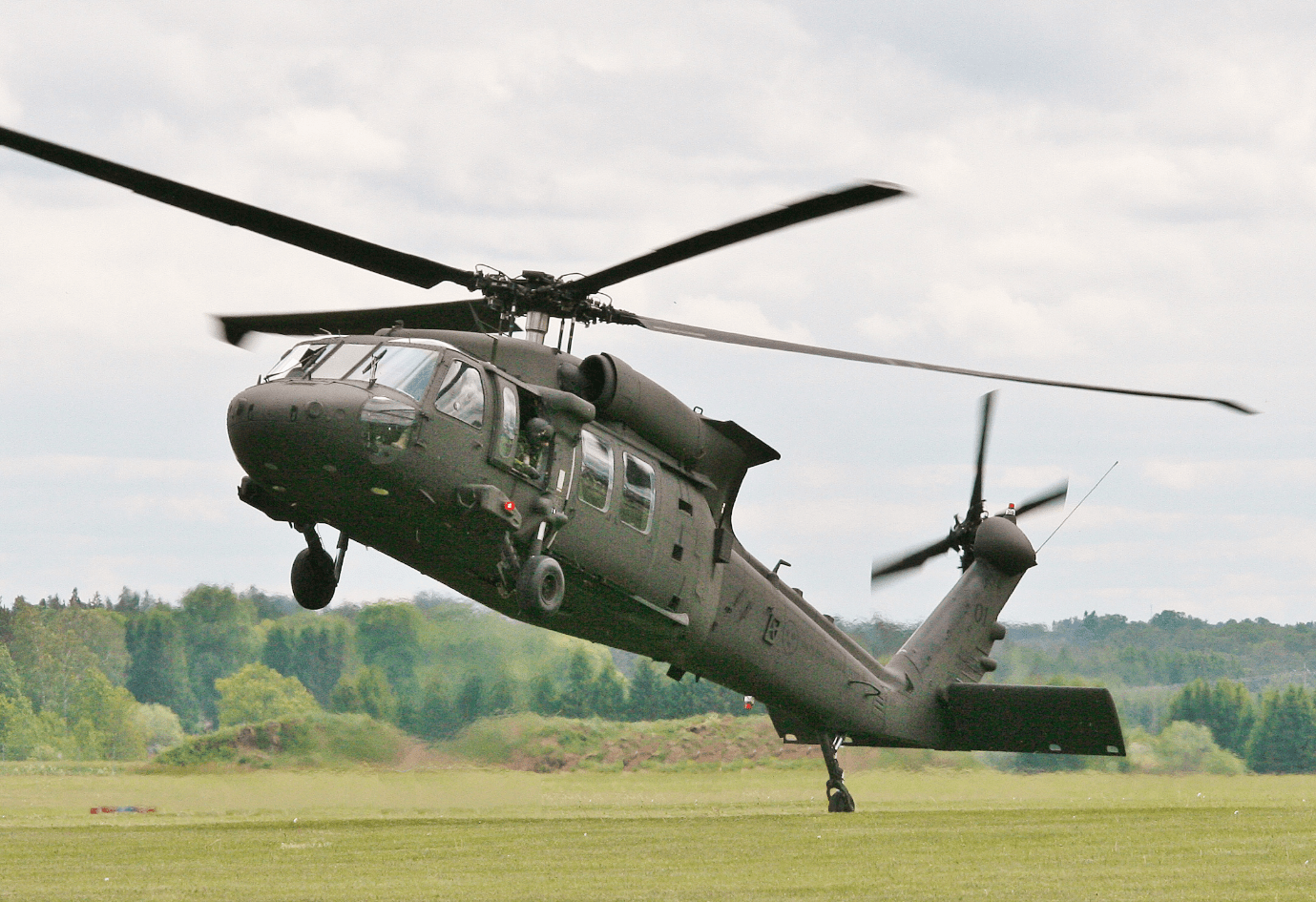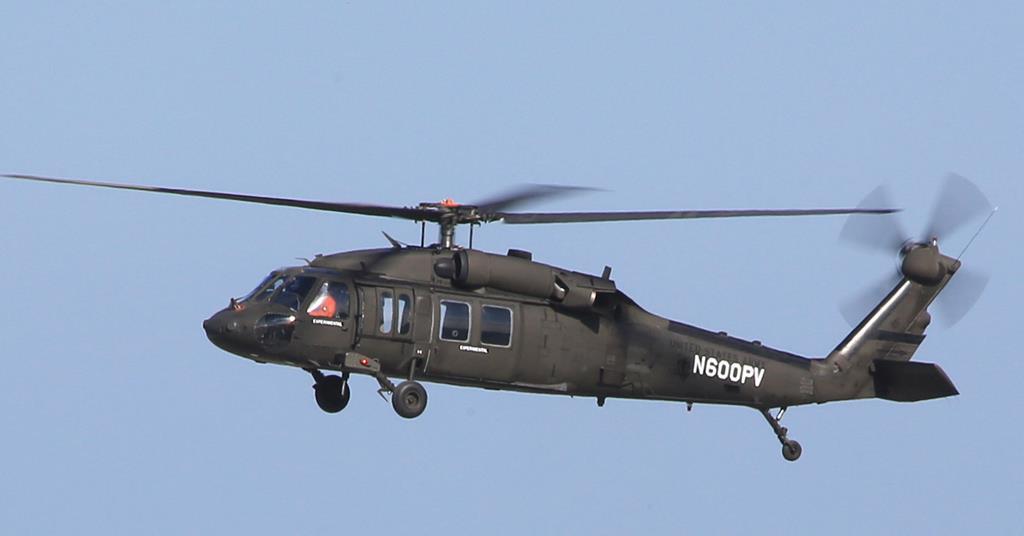Checking Out the History and Advancement of the UH 60 Helicopter

Beginnings of the UH-60
The beginnings of the UH-60 helicopter can be traced back to the late 1960s, a period marked by the demand for a flexible utility airplane that might adjust to the advancing demands of modern-day war. The united state Military recognized the necessity for a replacement for the older UH-1 Iroquois, which was coming to be progressively insufficient for the intricacies of contemporary fight circumstances. In 1967, the Military launched the Energy Tactical Transport Aircraft System (UTTAS) program, which sought to establish a multi-role helicopter with the ability of different missions, including army transportation, clinical emptying, and logistical assistance.
The style competition drew in numerous aerospace manufacturers, yet it was Sikorsky Aircraft Firm that eventually protected the contract in 1972. The UH-60 Black Hawk was presented, showcasing ingenious layout aspects and progressed innovation that established it aside from its predecessors. Its first flight occurred in 1974, and the aircraft was formally adopted by the Army in 1979. The UH-60 rapidly gained recognition for its robust efficiency, integrity, and flexibility, leading the way for its extensive usage in military operations and strengthening its condition as a cornerstone of U.S. Army aeronautics.
Key Layout Attributes
Cutting-edge style functions of the UH-60 Black Hawk substantially add to its functional performance. One of one of the most noteworthy aspects is its twin-engine arrangement, which enhances dependability and offers a higher power-to-weight proportion, allowing the helicopter to perform under different conditions. The aircraft's four-blade primary rotor system supplies boosted lift and maneuverability, crucial for tactical missions.

Furthermore, the cockpit is created for optimal presence and comfort designs, including sophisticated avionics that improve pilot procedures. The modular layout of the UH-60 permits simple upkeep and flexibility, making it suitable for different objective accounts, from troop transport to medevac procedures. These essential design features make sure that the UH-60 Black Hawk stays a functional and dependable property in military aeronautics, with the ability of satisfying the demands of modern warfare.
Technical Improvements
Current technological improvements in the UH-60 Black Hawk have actually substantially enhanced its operational abilities and adaptability. The integration of innovative avionics, such as electronic flight control systems and boosted situational recognition screens, permits pilots to operate with raised precision and effectiveness. These systems help with boosted navigation, interaction, and information sharing, making it possible for the helicopter to work effectively in diverse settings.
Furthermore, the introduction of composite materials has actually lowered the general weight of the airplane while keeping architectural stability. This reduction improves fuel performance and extends functional variety. The unification of sophisticated rotor technology, including using four-blade, fully articulated rotor systems, has boosted lift performance and ability to move, enabling much better handling in different trip conditions.

In addition, developments in propulsion systems, such as the T700-GE-701D engines, have actually raised power outcome and dependability - uh 60. These engines add to exceptional efficiency in hot-weather and high-altitude conditions
Finally, the assimilation of self-defense systems and enhanced sensor bundles enhances the Black Hawk's survivability and objective performance. Jointly, these technological improvements guarantee that the UH-60 Black Hawk remains a vital possession in modern-day aviation, capable of adjusting to the evolving needs of military and humanitarian missions.
Function in Military Operations
As the backbone of a knockout post U.S. Military aviation, see this site the UH-60 helicopter plays an important role in different armed forces procedures, functioning as a flexible system for battle assistance, transport, and medevac objectives - uh 60. Its design incorporates the ability to run in diverse environments, making it essential for troop movement and logistical assistance in both unusual and conventional warfare

In clinical discharge scenarios, the UH-60 has verified very useful, substantially reducing the time to deliver damaged soldiers from the field of battle to clinical facilities. Its advanced avionics and evening vision abilities even more guarantee objective success under tough problems. Generally, the UH-60 helicopter remains an important possession, continually adapting to meet the progressing needs of armed forces procedures and improving the performance of U.S. pressures worldwide.
Future of the UH-60
Looking ahead, the future of the UH-60 helicopter entails substantial improvements in innovation and capacities designed to improve its functional efficiency. As armed forces procedures develop, the UH-60 is anticipated to incorporate cutting-edge modern technologies, including improved avionics, boosted weapons systems, and advanced interaction tools. These improvements will great post to read allow for higher situational recognition and objective versatility, making sure that the UH-60 continues to be a crucial property on the battlefield.
One remarkable development is the integration of fly-by-wire systems, which will enhance trip control accuracy and minimize pilot work. In addition, initiatives to upgrade the airframe and engines aim to enhance array, speed, and payload ability, thus increasing the helicopter's operational range (uh 60).
The future additionally holds guarantee for boosted interoperability with unmanned aerial systems (UAS), enabling collaborated goals that utilize both manned and unmanned abilities. Additionally, the consolidation of artificial knowledge and artificial intelligence might maximize trip characteristics and upkeep processes, bring about lowered functional expenses.
Conclusion
The UH-60 Black Hawk helicopter represents a substantial success in military air travel, developing from the united state Army's preliminary requirements for a flexible utility airplane. Its ingenious design attributes and continuous technical advancements have guaranteed its relevance in different armed forces procedures over the decades. As the demands of modern-day war modification, the future of the UH-60 will likely include additional enhancements and adjustments, enhancing its condition as an important property for armed pressures worldwide.
The UH-60 Black Hawk helicopter represents a substantial milestone in armed forces aeronautics, arising from the United state Army's quest for a much more versatile and trusted energy aircraft in the late 20th century.The origins of the UH-60 helicopter can be mapped back to the late 1960s, a period noted by the need for a flexible energy airplane that might adjust to the developing needs of modern warfare. In general, the UH-60 helicopter stays a crucial asset, constantly adjusting to satisfy the developing needs of army procedures and boosting the effectiveness of U.S. forces worldwide.
Looking ahead, the future of the UH-60 helicopter includes significant innovations in innovation and capacities developed to improve its operational efficiency.The UH-60 Black Hawk helicopter stands for a significant accomplishment in army aviation, evolving from the U.S. Military's first requirements for a versatile energy airplane.
Comments on “Understanding the UH 60: Design, History, and Its Impact on Military Aviation”